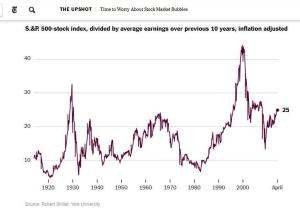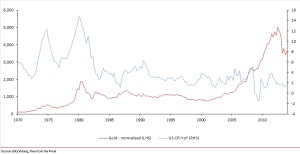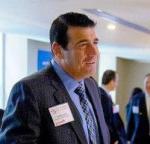Courtesy of Reuters News
May 28 (Reuters) – BlackRock Inc Chief Executive Larry Fink said on Wednesday that leveraged exchange-traded funds contain structural problems that could “blow up” the whole industry one day.
Fink runs a company that oversees more than $4 trillion in client assets, including nearly $1 trillion in ETF assets.
“We’d never do one (a leveraged ETF),” Fink said at Deutsche Bank investment conference in New York. “They have a structural problem that could blow up the whole industry one day.” (Reporting By Tim McLaughlin; Editing by David Gregorio)












 nnection with the 1st Annual ETF Awards hosted by ETF.com, the world’s leading authority on exchange-traded funds, agency execution firm
nnection with the 1st Annual ETF Awards hosted by ETF.com, the world’s leading authority on exchange-traded funds, agency execution firm 